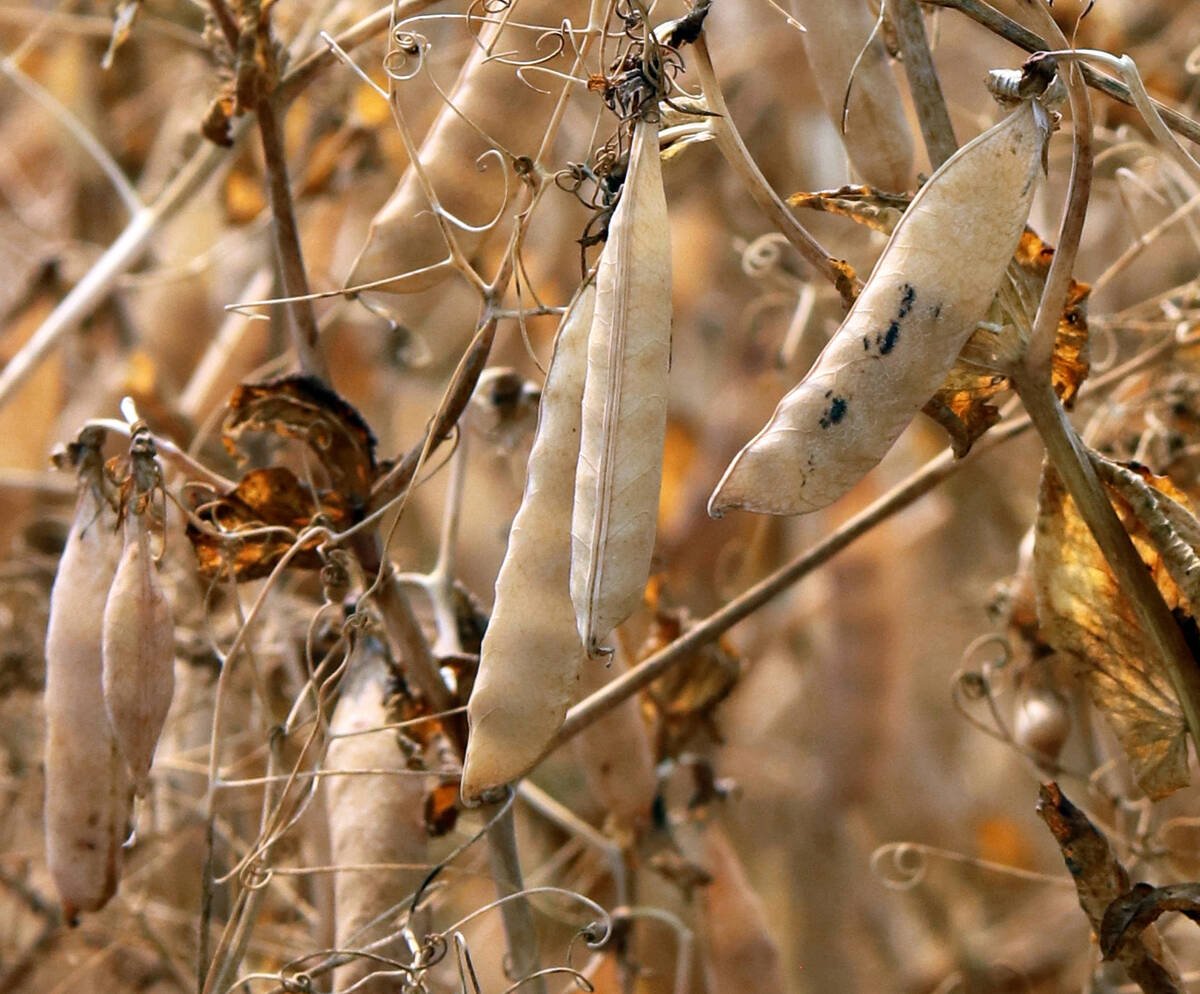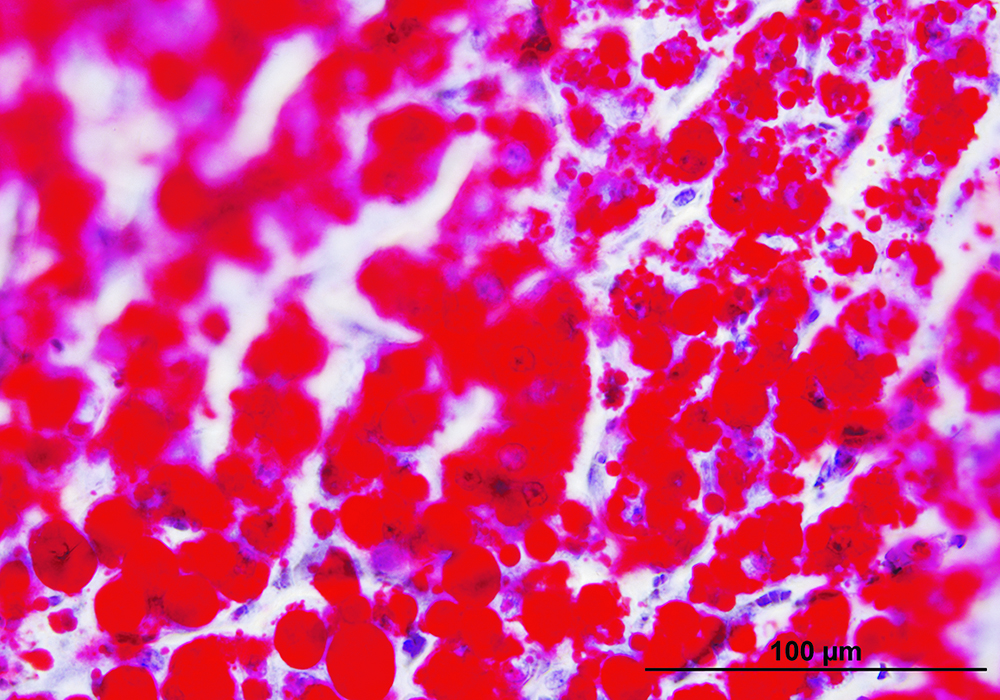There is growing scientific interest in the role of fat tissue in health and disease.
That’s important for animal health when you consider that obesity is a frequent and growing problem among pets and horses.
Once dismissed as relatively unimportant tissue with limited function, fat is now having a moment. For most of modern medical history, fat was thought to function only as a storage site for energy when food is scarce. There was also a recognition that it offered padding to certain body areas and insulation.
Read Also

Trump’s tariffs take their toll on U.S. producers
U.S. farmers say Trump’s tariffs have been devastating for growers in that country.
But more recent work has revealed a more nuanced role in maintaining the body’s function. In particular, fat is a source of many different hormones that have wide effects on the body.
This has led many researchers to re-classify fat tissues as part of the body’s endocrine system, which maintains bodily functions through the secretion of hormone chemical messengers.
Fat-produced hormones have major effects on the immune system, inflammation, reproduction, the cardiovascular system and energy storage.
A growing body of research supports that obesity causes fat to start secreting its hormones abnormally. In people, this poor regulation is associated with major diseases such as Type 2 diabetes, heart disease and cancer. There is also growing interest in understanding the effects of obesity in animals through the mechanism of these fat-associated hormones. For instance, it is well-established that overweight horses are prone to founder (laminitis). Similarly, overweight dogs and cats are more likely to develop painful arthritis conditions and diabetes.
The most famous and well-studied hormone produced by fat is called leptin. This hormone has been identified in a wide range of species but is best studied in humans and laboratory mice and rats. Its main function is to signal the body that it is full and therefore acts as an appetite suppressant and has a critical role in maintaining body weight.
Genetically modified mice that lack leptin quickly become morbidly obese. An internet search for leptin and mice will turn up some dramatic images of this. Leptin also influences the reproductive and immune systems, which possibly explain why adequate nutrition is necessary for both reproductive success and robust immune system responses to disease challenges.
The amount of leptin in horses closely matches insulin secretion and eating patterns. Horses that are fed infrequent meals and high grain diets experience leptin spikes, while horses that have constant access to hay or are on pasture have relatively stable levels of this hormone. This has implications for the management of metabolic diseases in horses, including founder.
There is also an association between leptin and reproduction: mares with high leptin and more body fat tend to cycle throughout the year compared to thin mares with low leptin, which stop cycling in the fall and winter.
Another important fat-produced hormone is adiponectin. This molecule enhances responses to insulin, therefore indirectly affecting blood sugar levels. It also dampens down inflammation and may impair cancer development. Horses with higher body fat tend to have decreased adiponectin.
Fat is also the source of molecules that promote inflammation throughout the body. It is through these molecules that obesity is linked to chronic inflammation.
Not all obese horses are created equal.
In fact, the location of fat deposits is increasingly recognized as being important for understanding metabolic diseases of horses. Horses and ponies with fat buildup on their necks, so-called cresty necks, are more likely to have metabolic syndrome and be at risk for laminitis. These horses also have poor regulation of insulin and the fat-associated hormones.
Ongoing research in humans and laboratory rodents has identified a number of other fat-associated hormones. Future studies in domestic animals will be needed to understand the full role of these hormones in health and disease.















